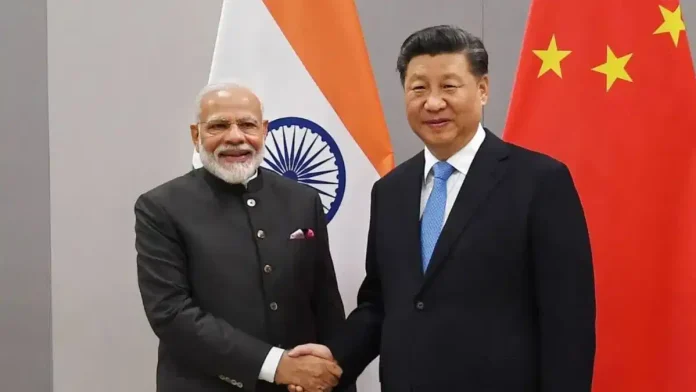- Ever since Chinese aggression on the Eastern Ladakh Galwan area resulted in the escalation of military/diplomatic confrontation along the border, the bilateral relationship between India and China has been frosty, to say the least. Despite several attempts at diplomatic and military level confabulations, the desired thaw in the largely distrust-ridden relations have proved to be elusive. Of course, the Dragon Nation expected New Delhi to acquiesce to the erstwhile paradigm of not combining the aggressive intransigence expansionist stand adopted at the borders with the business-as-usual approach towards related economic activities. We know how the incumbent dispensation at the Centre did not play along these lines, much to the consternation of China.
PC: USA Today
- Things are appearing to be headed for palpable reconciliation in the last few months with the warming up of India-China ties. What is the reason for the leadership to take decisive steps in easing the tension at the borders as well as on the economic front? The coronation of Donald Trump and his destructive tariff terrorism perpetrated on the global community. Much bilateral diplomatic niceness marked the 75th anniversary of the establishment of diplomatic relations between the two Asian giants recently. Xi waxed a bit eloquent, saying an elephant-dragon tango would serve the interests of both sides. China’s sweet on India because it’s preparing for a likely trade war with the US – Trump has already hit Beijing with 20% tariffs on all Chinese imports.

PC: The Diplomat
- As such, it makes strategic sense for Xi to play nice. His officials have even offered to import more from India. New Delhi also seems open to the prospect of less frosty relations with Beijing. Following the patrolling pact worked out in eastern Ladakh last October – although there has been no reduction in troops on either side – the focus is now on re-initiating practical cooperation. Frankly, India too is looking at headwinds, and not just Trump-driven ones. Domestic private sector investment is down to a decadal low of 33% of all investment. Govt capital expenditure is slowing. And manufacturing, despite the PLI scheme, hasn’t taken off. Therefore, Chinese investment in India – barring in critical sectors like telecom, defence, and IT products/services would be helpful.

PC: India Today
- However, given the strategic-security challenge China continues to pose – including the unresolved border issue – how should India play this? Look not far from what Japan did over the decades. Deep economic engagements with Beijing. Recently, Japan, China, and South Korea met and decided to formulate a joint response to Trump’s tariffs. Indeed, Japan is aware of the nature of the Chinese Communist leadership and the opaque character of their elite politics. Beijing can flip its position anytime to further interest. Thus, the only way to deal with China is from a position of strength. Indian economic heft should raise substantially to keep Beijing at an even keel. The mantra should be to trust more but verify even more. The moves should be decisive from now on.






